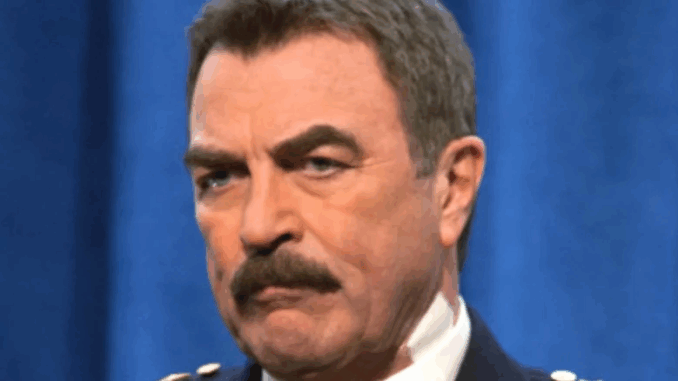
For over a decade, Friday nights on CBS have been anchored by a single, unwavering force: the Reagan family. With its blend of police procedural drama and deeply-rooted family values, Blue Bloods has carved out a unique space on television. Now, as the show returns for its final season, it is doing so in a way that is going to look a lot different from the series fans have come to know and love. The farewell season is not only shorter but is also structured in a new, emotional format that signals a significant shift for the beloved series.
The biggest and most immediate change is the episode count. Unlike its previous seasons that typically ran for 22 episodes, the final season of Blue Bloods has been split into two parts with a reduced total of just 18 episodes. The first ten episodes aired earlier in the year, and the final eight will close out the series for good. This reduced schedule is a direct result of the high production costs of the show, as well as the industry-wide strikes that affected television schedules. While cast members and producers reportedly took pay cuts to secure a final season, the network ultimately decided that a full, traditional season was not financially viable. This move has left many fans feeling a sense of disappointment, as it shortens the time they have left with the Reagan family.
Beyond the episode count, the very format of the show is shifting. For years, one of the most beloved traditions of Blue Bloods has been the Reagan family dinner. It was a sacred, weekly ritual where the family would gather, discuss their cases, debate police ethics, and share personal moments. The dinner table was the heart and soul of the show, and many of the most important character developments and emotional beats happened at that table. However, in the shortened final season, the family dinner scenes have reportedly been scaled back and sometimes feel rushed. This is partially due to the smaller cast at the dinner table, with characters like Linda Reagan (Amy Carlson), Jack Reagan (Tony Terraciano), and Nicky Reagan (Sami Gayle) having been written out over the years. This change, while subtle, has a profound impact on the show’s core identity. It puts the emphasis back on the police procedural aspect of the series, rather than its unique blend of family drama.
The new format also seems to be designed to provide a sense of finality. The final eight episodes are expected to be a dramatic and emotional conclusion to the series, with all of the Reagans coming together for one final mission. The series finale reportedly brought the entire Reagan family and their allies together on the same case, a unified front against a city-wide threat. This is a significant departure from the show’s traditional structure of having multiple, separate storylines for each character in a given episode. In its final moments, Blue Bloods is leaning into its central theme of family and unity, as the Reagans face their greatest challenge together. The series finale, titled “End of Tour,” featured a tense episode that saw all of the main characters get involved in a string of coordinated attacks on police officers and public figures. The shift from individual storylines to one unified, city-wide crisis is a powerful storytelling choice, highlighting the show’s central message in a more impactful way.
The cast themselves have been very vocal about their disappointment with the show’s cancellation. Tom Selleck, who has played Police Commissioner Frank Reagan for 14 seasons, expressed his frustration, stating that the show was still “wildly successful” and that the cast and crew were ready to continue. He spoke about the powerful bond between the actors, noting that they had become a family both on and off-screen. Donnie Wahlberg, who plays Detective Danny Reagan, also shared his emotional reaction to the end of the series, revealing that he took home the iconic family dinner table from the set as a souvenir. Their heartfelt goodbyes and their genuine sadness over the show’s end prove that this final season is more than just a job for them—it’s a deeply personal farewell.
For viewers, this new look for Blue Bloods is a bittersweet pill to swallow. On one hand, it’s a chance to say a proper goodbye to characters they’ve grown to love. The final episodes promise to tie up loose ends and provide a sense of closure, from the professional to the personal. The series finale had a lot of happy endings, including a pregnancy announcement and a rekindled romance, which gave a sense of closure to the long-running show. On the other hand, the shortened season and the changes to the format serve as a stark reminder that all good things must come to an end. It’s a testament to the show’s enduring legacy that even in its final moments, it’s finding new ways to tell stories and connect with its audience.
In its final season, Blue Bloods is not just a police procedural; it’s a living testament to a family that has stood the test of time. The show may look a lot different as it winds down, but the core values and the emotional heart that made it a success are still very much present. It’s a final, heartfelt hurrah for the Reagans, and a chance for fans to gather around the metaphorical dinner table one last time.
